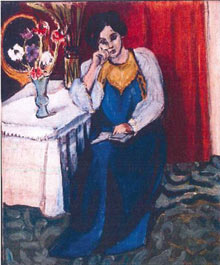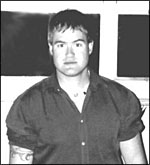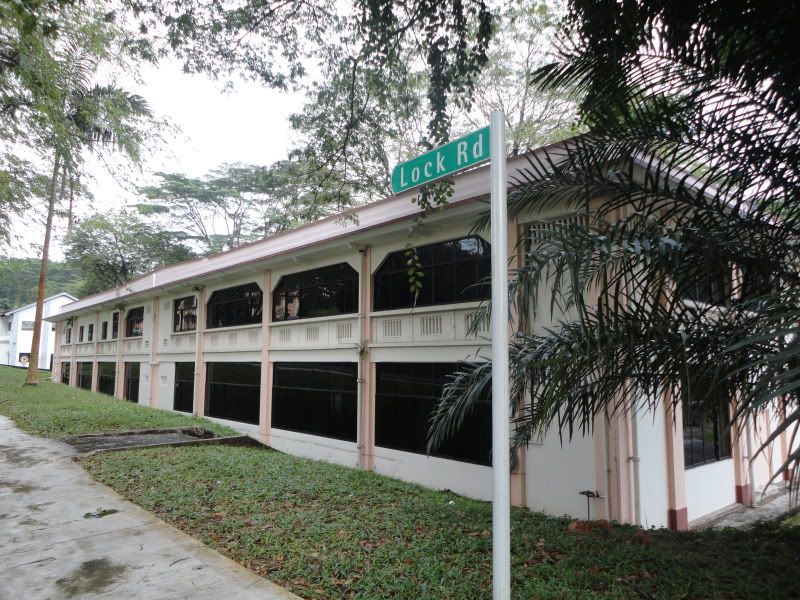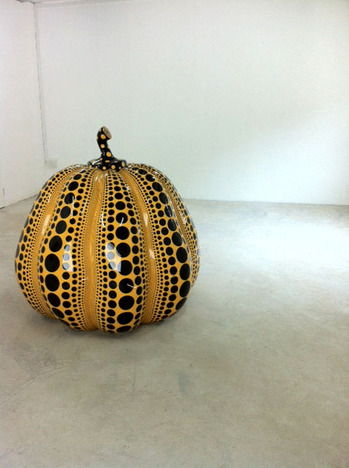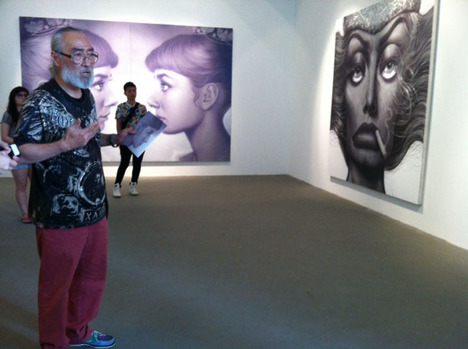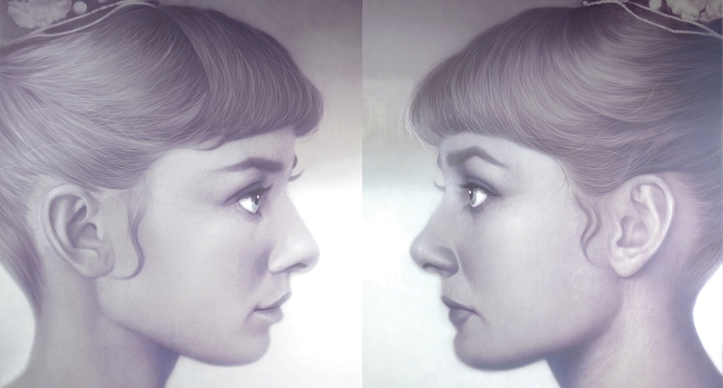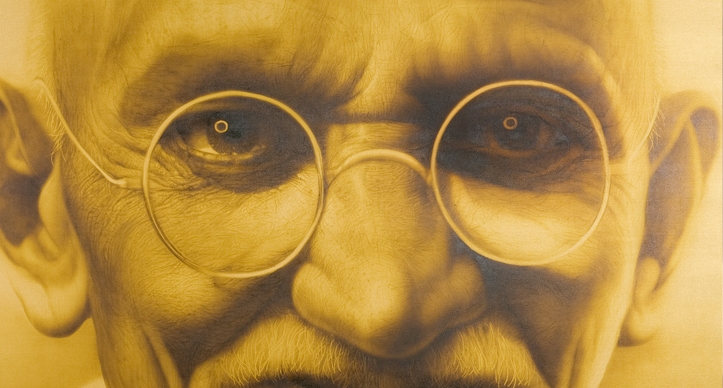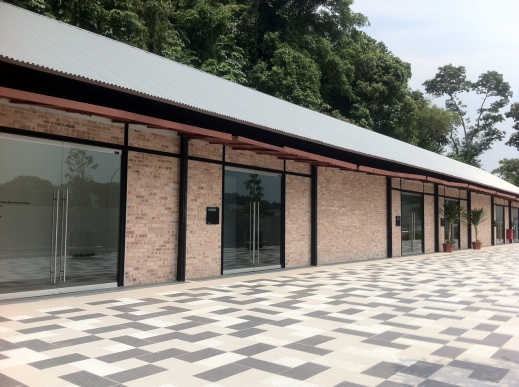Faulkner estate sues over quotes in Woody Allen film & Washington Post ad!

My Comments:
Whether these lawsuits by the heirs of the Nobel Prize for Literature winner and two-time Pulitzer awardee poet/novelist William Faulkner (1897-1961) are legally valid or not is, I believe, besides the point. For a writer like me, what is more interesting is that these news reports will hopefully encourage more people to be curious about the great literary writer William Faulkner and his works.
William Faulkner was one of the greatest writers of the 20th century, a giant of the U.S. south.
Let us read these literary masterpieces:
The Sound and the Fury
As I Lay Dying
Absalom, Absalom!


Here is one of Faulkner's interesting quotes:
"It's a shame that the only thing a man can do for eight hours a day is work. He can't eat for eight hours; he can't drink for eight hours; he can't make love for eight hours. The only thing a man can do for eight hours is work."

"It's a shame that the only thing a man can do for eight hours a day is work. He can't eat for eight hours; he can't drink for eight hours; he can't make love for eight hours. The only thing a man can do for eight hours is work."
– William Faulkner

Here is a news report about the hullabaloo...
Oct 30, 2012 3:51 AM Updated:
Oct 30, 2012 7:52 AM
By JEFF AMY
Associated Press
JACKSON, Miss. (AP) - William Faulkner wrote that the past is never dead. His heirs say their copyright to that phrase is very much alive.
The author's literary estate is suing Sony Pictures Classics for using a paraphrase of the line in Woody Allen's 2011 film, "Midnight in Paris." It's also suing Northrop Grumman Corp. and The Washington Post Co. for using another Faulkner quote in a newspaper ad by the defense contractor.

The first lawsuit, filed Thursday in federal court in Oxford, Miss., says Sony infringed on the copyright when actor Owen Wilson slightly misquoted the line from Faulkner's "Requiem for a Nun." He said, "The past is not dead! Actually, it's not even past."
The second lawsuit, filed Friday in Jackson, Miss., makes similar claims about the ad, which used a passage from a 1956 essay Faulkner wrote in Harper's Magazine. The quote, which says in part "We must be free not because we claim freedom, but because we practice it," was the conclusion to an essay criticizing the South's response to school integration.
Sony says the quote is "fair use," a legal term meaning the user doesn't have to license or pay for it.
"This is a frivolous lawsuit and we are confident we will prevail in defending it," a Sony Pictures spokeswoman said in a written statement.
Northrop Grumman declined comment. The Washington Post did not return a phone call Monday.
David Olson, a Boston College law professor who specializes in patent law and copyright, said he agrees that the estate is over-reaching legally.

Lee Caplin, who represents the estate, disagrees. He said these are the first lawsuits it has ever filed. Caplin said that the estate recently licensed a quote to the sitcom "Modern Family." He contrasted that to Allen's use of the quote in the movie.
"He just wanted to kind of take it and he felt entitled," Caplin said of Allen.
Caplin said the suit is not a "money grab." He said Sony was dismissive of his attempts to license the quote after the movie came out.
Under the fair use principle, people can take and reuse part of a copyrighted book, song or movie without permission. Generally, excepts can be used if they're short and if they're part of a new artistic work, scholarly work or a parody. Noncommercial uses are generally more permissible, Olson said.
"If it's for a commercial use, they do have to pay for it," Caplin said.
Olson, though, said that's a flawed understanding of copyright law.
"Commercial use isn't presumptively unfair," he said. He said no one watches "Midnight in Paris" as a substitute for buying "Requiem for a Nun."
"The Faulkner estate's interest is not being harmed in any way," Olson said. "If anything it draws a little more interest."
Caplin argued that even though the movie snippet is short, it's a key summing-up of the whole film, and that Allen took it because Faulkner said it better.
"This is Mr. Faulkner's most famous quote," Caplin said.
In the Northrop case, Caplin said he's not sure the heirs would have wanted Faulkner's name to be associated with an arms manufacturer.
Olson said the Northrop case may be stronger, but he fears that authors are using copyright to limit the political context in which works are quoted or used.
Olson said some estates are zealous about enforcing copyright, to increase revenue or limit discussions that
heirs find disagreeable. The suits could just be warning shots by the estate to other users.
"Part of what they could be doing is just trying to get the word out," Olson said.
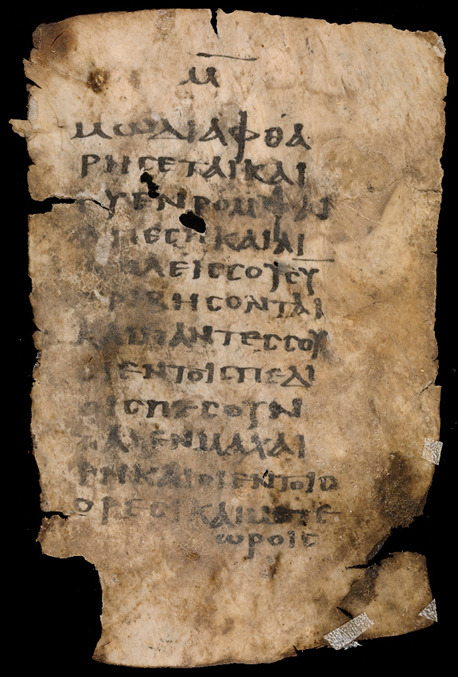


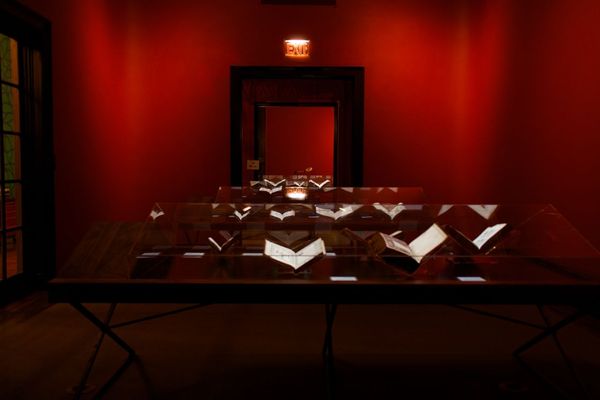













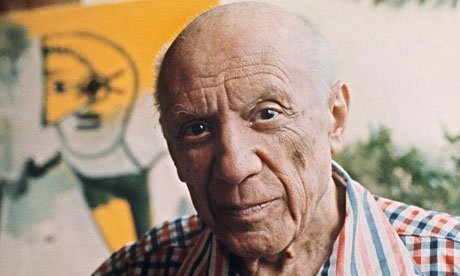


)



